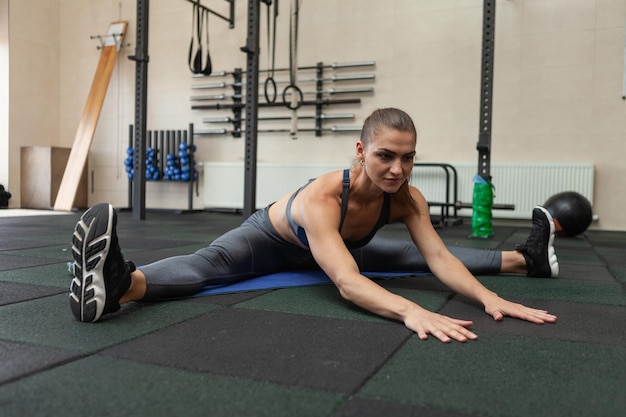Strength training has evolved beyond muscle building and weightlifting. It is possible to use techniques that further increase mobility in subjectively and objectively beneficial ways to markedly advance general fitness, as well as activities of daily living. Physical rehabilitation strength training for mobility is a training program based on increasing flexibility, stability, and strength at the same time, and it provides a comprehensive solution to physical health. Strength training for mobility is also effective for the athlete and for the patient who has suffered an injury, as it ensures the correct functionality of the joint and muscle coordination.
Proven Methods to Integrate Strength Training for Mobility
Including Strength Training for Mobility in an exercise program is an exercise with a number of different approaches (covering different aspects of movement and stability). Below are some established methods for improving mobility and strengthening.
Dynamic Warm-ups for Improved Flexibility
As an initial step to the routine start-up, dynamic warm-up allows the body for intense work. Activities such as repeated leg swings, repeat arm circles and repeat walking lunges not only stimulate blood flow but also recruit muscles to be subsequently loaded in strength exercises. In this paradigm, the user’s range of motion is increased, and stiffness is decreased.
Compound Movements for Full-Body Benefits
Many exercises (e.g., squats, deadlifts, and push-ups) are excellent at building strength and enhancing mobility. This strength training for mobility demands the involvement of more than one joint and muscle group, supporting enhanced coordination and flexibility. Modifying the depth and shape of these exercises also specifically addresses mobility-relevant regions.
Incorporating Functional Training
Functional training is, to a large extent, a replication of natural movement and, thus, one of the most important elements of mobility-based strength training. Exercise, e.g., kettlebell swings, farmer’s torso/arms carry resistance band work, which can stabilize and strengthen. Such training exercises are especially useful for training postural and balance control training.
Stretching Between Sets
Passive static stretching before and between sets retains muscles (warmed) and enhances (increases) ROM. Stretches, like hip flexor stretches, seated spinal twists, and shoulder stretches, though all of them move, do not have forward reach. On the contrary, longer stretching has a positive effect on muscle recovery, and can be of great value in every training.
Targeted Core Exercises
A strong core is important for both strength and mobility. Planks, bird dogs, and side bridges are effective in achieving core stability, with functional consequences on a range of motion and safety of movement. The better core will result in an improvement in balance, and the risk of getting an injury during training will be reduced.
Utilizing Mobility Tools
Foam rollers, resistance bands, and mobility balls can also be integrated into your Strength Training for Mobility Program. Foam rolling is effective for fascia shear-off inhibition in addition to tissue quality, whereas resistance bands provide variable resistance to both tasks and hence promote elasticity and Muscular strength. Mobility balls can be used to isolate the regions separately and to provide support to a joint or to recruit muscles.
Progressive Overload with Mobility Focus
By using the principle of progressive overload, it is possible to continue improvement for strength and mobility in parallel. Incremental grading of weight, number of repetitions, or complexity of exercise trains muscles and joints, but also, it also fosters modularity and growth. This method is free of plateaus and can sustain exercise advantage and adherence.
Mindful Movement and Body Awareness
Practicing mindful movement techniques enhances embodiment (body sense) and control. These exercises are oriented to proper positioning, breathing, and willed actions that improve coordination and injury prevention, together with Strength Training for Mobility. Isolating mindfulness within your daily routine builds a closer relationship between thinking and feeling, which in turn improves performance.
Conclusion
Strength training for mobility is an evolutionary strategy that integrates the training of flexibility, stability, and power. Using evidence-based interventions, i.e., dynamic warm-up, multi joint movement patterns, and targeted exercises, it is possible to reach optimal fitness while avoiding injury. Although dying, at least, it can slip into a rut with the right routine and can be eased back on by a return function; getting stronger and more supple is a real and satisfying objective.
